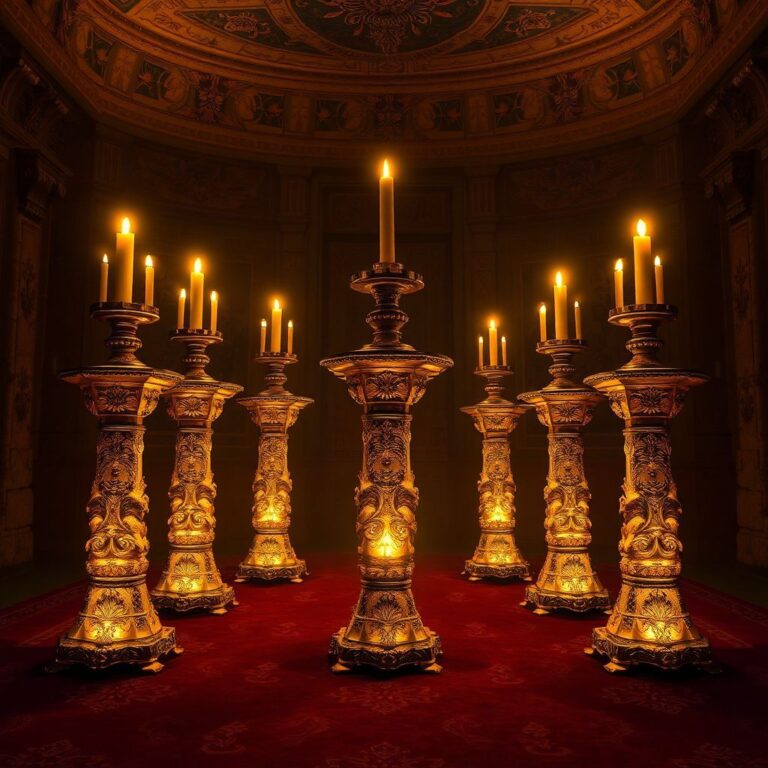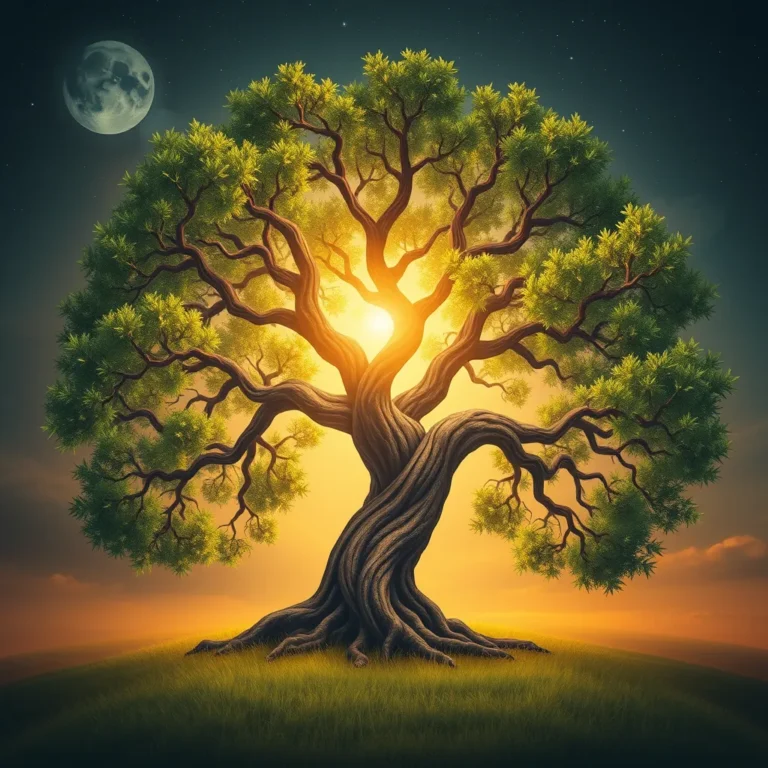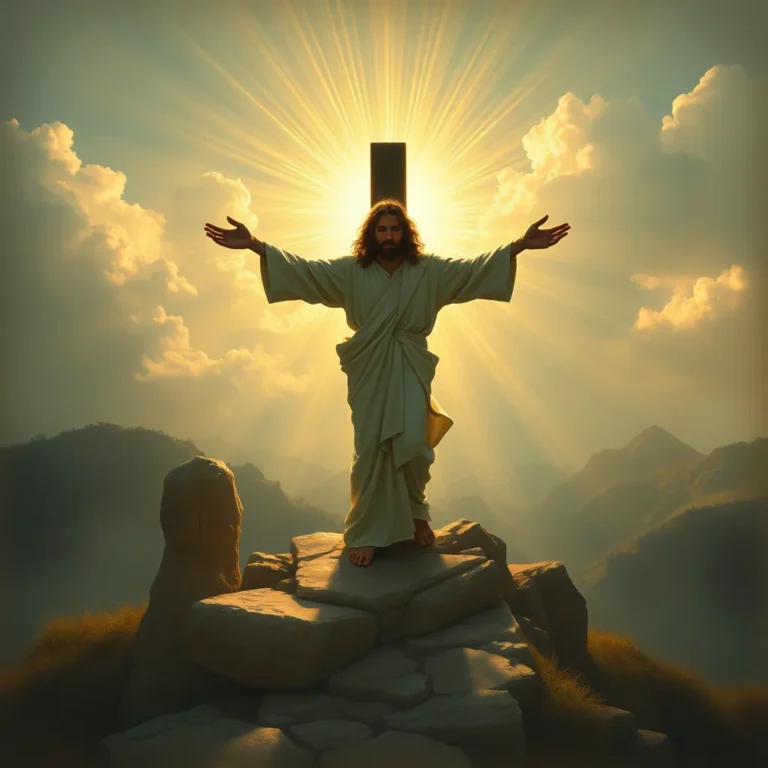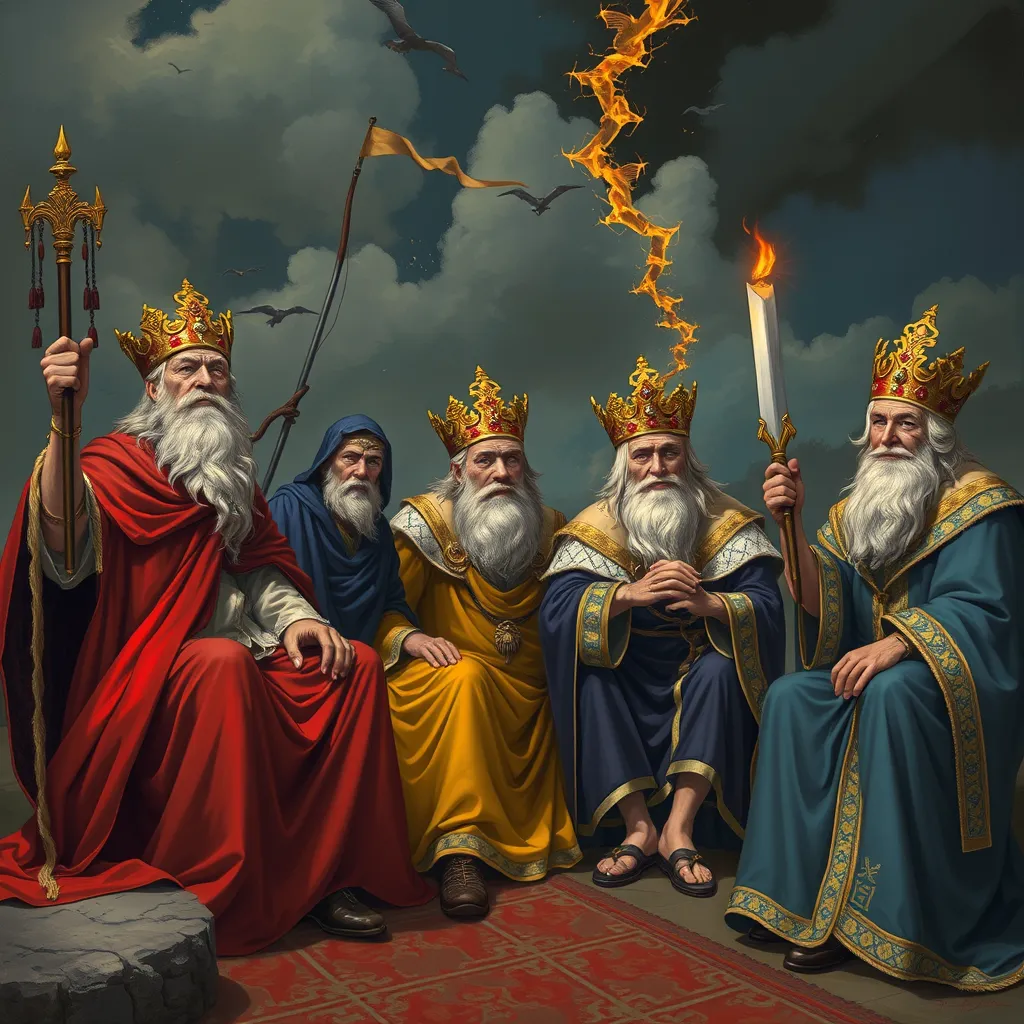
The seals, trumpets, and bowls are grouped in sevens and are panoramic views of divine judgment. The parts of the vision in between seem to be close-up details of those same events (see notes on 8:1-5). For example, the vision of the seven trumpets introduced in Chapter 8 painted the general picture of the tribulations and martyrdoms that the infant Church would have to endure. These trials would be Satan’s efforts to destroy the New Covenant to keep the earth enslaved. Chapters 12, 13, and 14 laid out the details of those conflicts.
(*Scripture verses are from the NIV unless otherwise noted)
Chapter 17
8 The beast, which you saw, once was, now is not, and yet will come up out of the Abyss and go to its destruction. The inhabitants of the earth whose names have not been written in the book of life from the creation of the world will be astonished when they see the beast, because it once was, now is not, and yet will come.
9 “This calls for a mind with wisdom. The seven heads are seven hills on which the woman sits.
10 They are also seven kings. Five have fallen, one is, the other has not yet come; but when he does come, he must remain for only a little while.
11 The beast who once was, and now is not, is an eighth king. He belongs to the seven and is going to his destruction.
12 “The ten horns you saw are ten kings who have not yet received a kingdom, but who for one hour will receive authority as kings along with the beast.
13 They have one purpose and will give their power and authority to the beast.
14 They will wage war against the Lamb, but the Lamb will triumph over them because he is Lord of lords and King of kings—and with him will be his called, chosen and faithful followers.”
Rev 17:8
The beast, which you saw, once was, now is not, and yet will come up out of the Abyss and go to its destruction:
The phrase “beast was, is not, and is about to rise” has been interpreted in various ways:
- Some scholars say that it refers to the myth that Emperor Nero would rise again (notes on Rev 13:3);
- Others see it as a picture of the Roman Empire, which existed well before John’s time, declined due to corruption and the Germanic invasions, and experienced a revival in the Byzantine Empire.
- Many early Protestant writers 1 saw the beast as pagan Rome, which fell but was reborn in Catholicism and the Papacy.

Once again, the analogies are endless. The images of the beast and the great prostitute may have had a literal fulfillment in specific people or historical events recognized by John but lost to us through time. However, the eternal principles are clear and can be agreed upon by all Christians:
- It’s a parody of Christ’s declaration: Grace and peace to you from him who is, and who was, and who is to come (Rev 1:4, Rev 1:18).
- The darkness of paganism virtually ruled supreme from the beginning of time until Christ dealt it a mortal blow. After the saving act of Jesus’ atonement, Satan’s war returned in differing forms: Gnosticism, false prophets and anti-Christs, and an increased worship of materialism that infects even the elect (Matt 24:24[i]).
- The Church today battles an enemy who has ravaged the earth from the beginning, whose plan for mankind’s eternal destruction was shattered forever, but who continues to deceive, mislead, and weaken God’s children.
Earlier, in 11:7, John used the present tense, “The beast that comes up (rises) from the bottomless pit (Abyss)…” This wording indicates that the beast’s “rising from the bottomless pit” is part of its essential character. The eternal principle being expressed is that the beast (all of Satan’s arsenal of evil) arose to combat the early Church and will continue to rise and attack the faithful in Christ wherever they grow in strength and influence!
Rev 17:8
The inhabitants of the earth whose names have not been written in the book of life from the creation of the world will be astonished when they see the beast, because it once was, now is not, and yet will come:
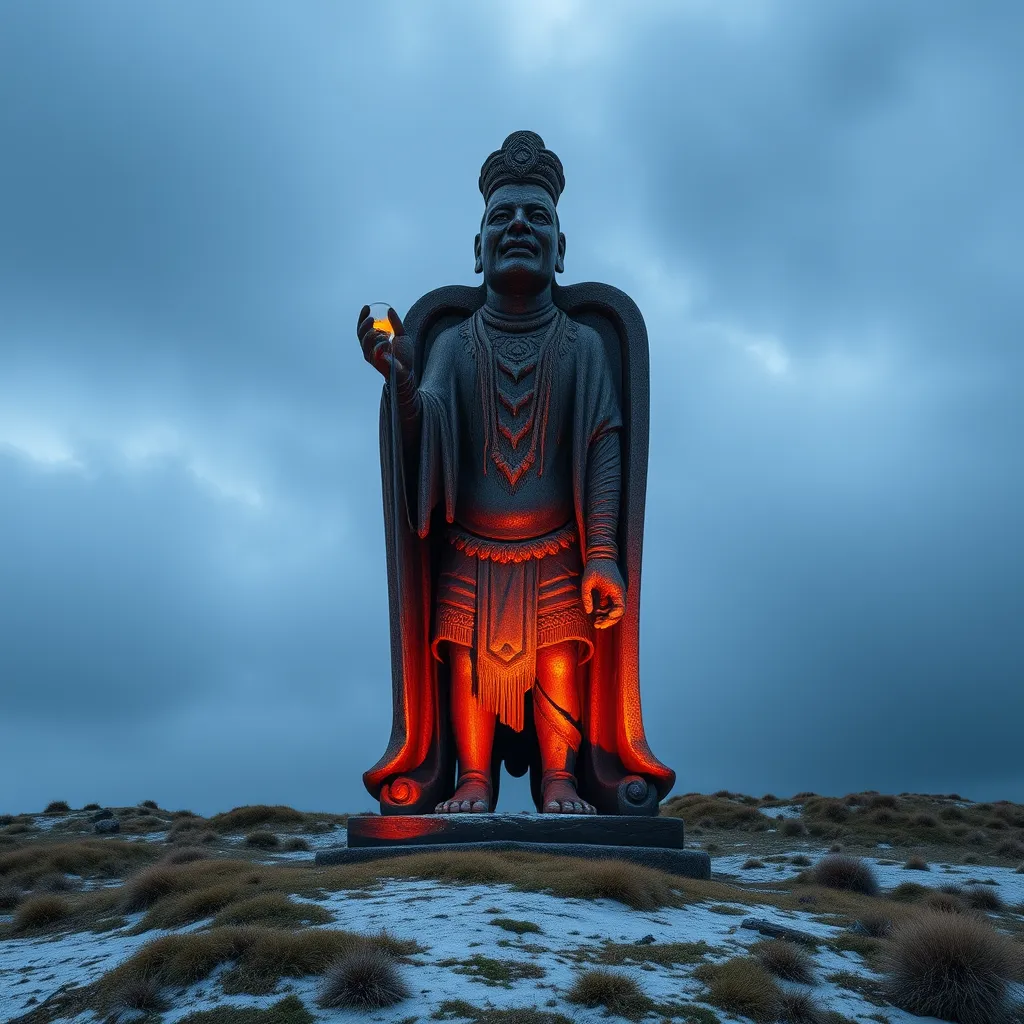
Ultimately, many Jews and Gentiles rejected Christ, and to reject God’s redemptive love in any generation is to choose the beast:
Isaiah 8:13 The LORD Almighty is the one you are to regard as holy, he is the one you are to fear, he is the one you are to dread. 14 He will be a holy place; for both Israel and Judah he will be a stone that causes people to stumble and a rock that makes them fall. And for the people of Jerusalem he will be a trap and a snare. 15 Many of them will stumble; they will fall and be broken, they will be snared and captured.”
1 Peter 2:6 For in Scripture it says: “See, I lay a stone in Zion, a chosen and precious cornerstone, and the one who trusts in him will never be put to shame.” 7 Now to you who believe, this stone is precious. But to those who do not believe, “The stone the builders rejected has become the cornerstone,” 8 and, “A stone that causes people to stumble and a rock that makes them fall.” They stumble because they disobey the message—which is also what they were destined for. 9 But you are a chosen people, a royal priesthood, a holy nation, God’s special possession, that you may declare the praises of him who called you out of darkness into his wonderful light. 10 Once you were not a people, but now you are the people of God; once you had not received mercy, but now you have received mercy.
Rev 17:9
The seven heads are seven hills on which the woman sits:
Here the Revelation offers the interpretation by identifying the seven heads of the beast as “seven hills…” Several Early Church Fathers 2 wrote that these hills represent the seven hills around which Rome was eventually built:
- Aventine Hill / Aventino
- Caelian Hill / Celio
- Capitoline Hill / Capitolino
- Esquiline Hill / Esquilino
- Palatine Hill / Palatino
- Quirinal Hill / Quirinale
- Viminal Hill / Viminale
The various hills were first occupied by small autonomous settlements. Legend says that two brothers, Romulus and Remus, founded the original town on Palatine Hill in 753 BC. The city of Rome came into being as these separate settlements interacted and combined.
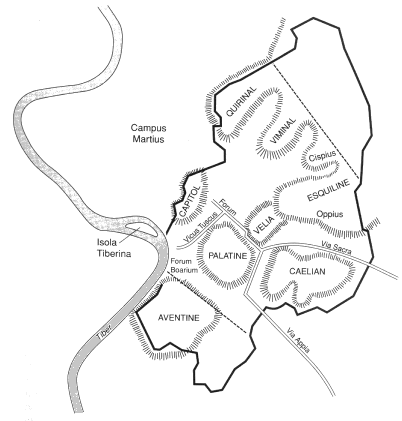
The villagers drained the marshy valleys between the hills and turned them into markets and gathering areas. Later, in the early 4th century BC, the Servian Walls were constructed to surround and protect all seven hills.
Rev 17:10
They are also seven kings. Five have fallen, one is, the other has not yet come; but when he does come, he must remain for only a little while:
Various scholars have suggested that these kings represent the first emperors of Rome. If Julius Caesar is included as an emperor, the first were:
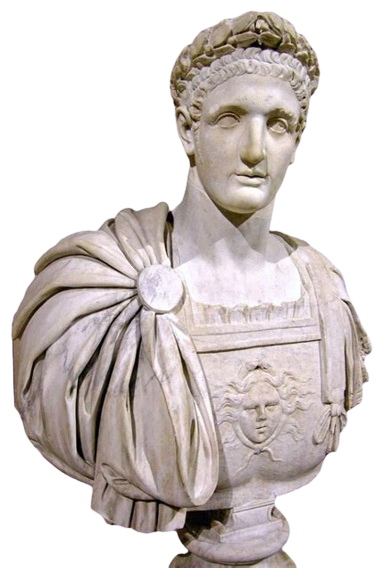

Irenaeus (c.140-c.202 AD) seems to claim that John wrote the Revelation during Domitian’s reign[ii]. Commenting on the Revelation, he writes:
For that was seen [John or the vision] not very long time since, but almost in our day, towards the end of Domitian’s reign.” 3
Victorinus (d. 303 or 304 AD), expanded on Irenaeus’ observations by listing the kings he thought the vision was referring to:
The time must be understood in which the written Apocalypse was published, since then reigned Cæsar Domitian; but before him had been Titus his brother, and Vespasian, Otho, Vitellius, and Galba. These are the five who have fallen. One remains, under whom the Apocalypse was written— Domitian, to wit. The other has not yet come, speaks of Nerva; and when he has come, he will be for a short time, for he did not complete the period of two years. (Victorinus, Commentary on Revelation 17:10)
Jerome (340-420), Clement of Alexandria (c. 150-215), and the first Church historian, Eusebius (260-340), each followed Irenaeus’ lead. However, this presents a problem. A literal count of emperors starting with Julius Caesar would put the emperor who is, as Nero, not Domitian as Irenaeus seems to suggest.
The solution might lie in Revelation’s consistent use of symbols rather than literal interpretations. The main focus of John’s vision is to use the figurative term “kings” to represent all rulers and nations, rather than focusing on specific individuals.
Consider again the symbolic use of the number seven as completeness. If viewed symbolically rather than literally, the “seven kings” could represent the whole series of rulers that would war against the Church. They would be “seven,” no matter how long the actual list of rulers happened to be.
Rev 17:11
The beast who once was, and now is not, is an eighth king:
If taken literally, the eighth king (emperor)would be Otho, who only reigned from January to April 69 AD and then committed suicide. However, some commentators such as Matthew Henry (1662 – 1714) see the beast as the seat of idolatry and persecution that existed in its ancient form of paganism and then was conquered by the Gospel, yet continued in other forms of idolatry and tyranny.
“[The beast] would deceive into stupid and blind submission all the inhabitants of the earth within its influence, except the remnant of the elect.” (Matthew Henry’s Concise Commentary, Revelation 17:11)
Rev 17:11
He belongs to the seven and is going to his destruction:
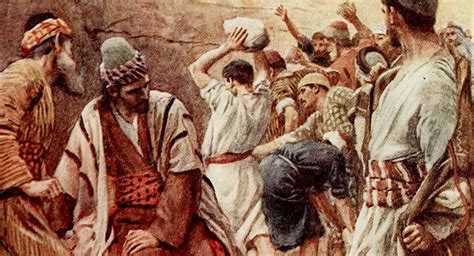
The Empire’s efforts to stamp out Christianity didn’t result in victory for the beast. The beast and the kings of the world would wage an ultimately unsuccessful war against the Lamb and His faithful followers.
Rev 17:12
The ten horns you saw are ten kings who have not yet received ra kingdom:
The parent verse to John’s image is found in Daniel:
Dan 7:24 The ten horns are ten kings who will come from this kingdom. After them, another king will arise, different from the earlier ones; he will subdue three kings.
Many attempts have been made to match these “ten kings” with actual monarchs, governments, or countries. For example, it’s been suggested that these kings could represent ten waves of barbarian invasions that eventually ruined the Empire 4. These interpretations could be valid, but the expression of an eternal principle again comes to the forefront. It’s unnecessary to view these kings as literal. Rather, ten has been seen as a number signifying government, law, and sufficiency (Rev 13:1) – an expression of widespread, complete power. The forces that oppose God, whether past, present, or future, wage war against the Lamb, but the Lamb ultimately overcomes them all! These powers oppose the Lamb when their policies and practices induce oppression and suffering. They are not with Christ – they are against Him!
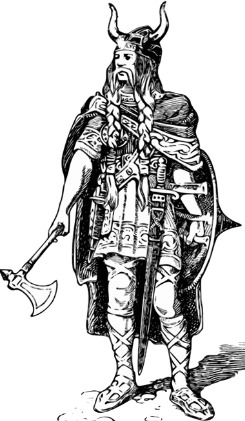
Rev 17:12
Who, for one hour, will receive authority as kings along with the beast:
Rev 12:12 Therefore rejoice, you heavens and you who dwell in them! But woe to the earth and the sea, because the devil has gone down to you! He is filled with fury because he knows that his time is short.”
“One hour” suggests a short, limited amount of time. Kingdoms, governments, and individuals that function in opposition to God’s love may flourish for a season, but all eventually collapse under the weight of their own wickedness, as demonstrated by the demise of the empires of Assyria, Babylon, Egypt, Greece, Rome, Byzantium, and many others :
Rev 17:2 With her the kings of the earth committed adultery, and the inhabitants of the earth were intoxicated with the wine of her adulteries.”
Rev 17:16 The beast and the ten horns you saw will hate the prostitute. They will bring her to ruin and leave her naked; they will eat her flesh and burn her with fire.
Rev 17:13-14
They have one purpose and will give their power and authority to the beast. They will wage war against the Lamb:
The sole intention of the dragon and beasts is clear – make war on the Lamb and his people! This was manifested in the first centuries of the Church’s existence and remains Satan’s goal to the present and into the future.
Psalms 2:2 The kings of the earth rise up and the rulers band together against the LORD and against his anointed, saying, 3 “Let us break their chains and throw off their shackles.”
Acts 4:27 Indeed Herod and Pontius Pilate met together with the Gentiles and the people of Israel in this city to conspire against your holy servant Jesus, whom you anointed. 28 They did what your power and will had decided beforehand should happen.
Luke 23:11 Then Herod and his soldiers ridiculed and mocked him. Dressing him in an elegant robe, they sent him back to Pilate. 12 That day Herod and Pilate became friends—before this they had been enemies.
Rev 12:17 Then the dragon was enraged at the woman and went off to wage war against the rest of her offspring—those who keep God’s commands and hold fast their testimony about Jesus.
Rev 13:7 It was given power to wage war against God’s holy people and to conquer them. And it was given authority over every tribe, people, language and nation.
Rev 13:15 The second beast was given power to give breath to the image of the first beast, so that the image could speak and cause all who refused to worship the image to be killed.

This war is still being waged today, sometimes in very subtle ways – divisive identity politics, school curriculums that minimize the importance of Christian ethics and spirituality, and universities that promote political correctness over common sense and courtesy. The danger is that ideologies that are the very antithesis of Christ’s teachings subtly, over time, become culturally accepted as normal and often go undetected by many, even believers.
Traditional American Christians have frequently found themselves on the losing side of culture-war battles. School prayer and the display of Christian symbols like the nativity or the cross have been banned. Additionally, Christian principles of politeness and respect are often overshadowed by the belief that it’s permissible, and even encouraged, to drown out and “cancel” viewpoints that don’t align with prevailing social ideologies.
Rev 17:14
…but the Lamb will triumph over them because he is Lord of lords and King of kings:
John has seen the Lamb’s ultimate victory several times during his vision:
Rev 6:16 They called to the mountains and the rocks, “Fall on us and hide us from the face of him who sits on the throne and from the wrath of the Lamb! 17 For the great day of their wrath has come, and who can withstand it?”
Rev 11:15 The seventh angel sounded his trumpet, and there were loud voices in heaven, which said: “The kingdom of the world has become the kingdom of our Lord and of his Messiah, and he will reign forever and ever.”
Rev 16:19 The great city split into three parts, and the cities of the nations collapsed. God remembered Babylon the Great and gave her the cup filled with the wine of the fury of his wrath.
Rev 19:11 I saw heaven standing open and there before me was a white horse, whose rider is called Faithful and True. With justice he judges and wages war. 12 His eyes are like blazing fire, and on his head are many crowns. He has a name written on him that no one knows but he himself. 13 He is dressed in a robe dipped in blood, and his name is the Word of God. 14 The armies of heaven were following him, riding on white horses and dressed in fine linen, white and clean. 15 Coming out of his mouth is a sharp sword with which to strike down the nations. “He will rule them with an iron scepter.” He treads the winepress of the fury of the wrath of God Almighty. 16 On his robe and on his thigh he has this name written: KING OF KINGS AND LORD OF LORDS.
The outcome of the battle has never been in doubt. Victory through Christ is guaranteed!
Rev 17:14
And with him will be his called, chosen, and faithful followers:
The victory of the Lamb on Calvary has been reenacted countless times through the generations in the lives of his followers, the chosen and faithful:
Isa 43:10 “You are my witnesses,” declares the LORD, “and my servant whom I have chosen, so that you may know and believe me and understand that I am he. Before me no god was formed, nor will there be one after me.

Col 3:12 Therefore, as God’s chosen people, holy and dearly loved, clothe yourselves with compassion, kindness, humility, gentleness and patience.
1 Pet 2:9 But you are a chosen people, a royal priesthood, a holy nation, God’s special possession, that you may declare the praises of him who called you out of darkness into his wonderful light.
John 15:15 I no longer call you servants, because a servant does not know his master’s business. Instead, I have called you friends, for everything that I learned from my Father I have made known to you.
Gal 5:22 But the fruit of the Spirit is love, joy, peace, forbearance, kindness, goodness, faithfulness,
Footnotes
- Matin Luther, John Calvin, John Knox, Thomas Cranmer, among others. ↩︎
- Victorinus of Pettau, Commentary on Revelation, 17:9, Tertullian, Answer to the Jews, 9:147, Hippolytus, Treatise on Christ and Antichrist. vs. 36, Augustine, The City Of God, Book 18, Chapter 2:22-41. ↩︎
- Dr. Kenneth Gentry (a moderate Preterist), in his book, The Beast of Revelation, p. 153, outlines several reasons he believes that Irenaeus was referring to John – not the vision – as being “seen not very long time since, but almost in our day, towards the end of Domitian’s reign.” Dr. Gentry also asserts that because Irenaeus refers to “all the…ancient copies,” manuscripts of the Revelation had to have been around quite a while to be labeled “ancient.” The original, which is not mentioned, must have been even older. He further observes that Irenaeus continues by stating that the rule of Domitian was “almost in our day.” It would be highly unlikely that the Bishop would have used “ancient” to describe copies of a work “written almost in our day.” He continues the argument, writing that Irenaeus spoke of the time that John was last seen by the brethren, rather than when John had seen the vision. He paraphrases Irenaeus’ statement in this way, “It is not important for us to know the name of the Beast, which was hidden in the number 666. Were it important, why did John not tell us? After all, he lived almost to our own era, and spoke with some men I have known.” ↩︎
- The Vandals, Suevians, Visigoths, Alans, Burgundians, Franks, Britons, Huns, Lombards, and the kingdom of Ravenna. ↩︎
*All Scripture quotations, unless otherwise indicated, are taken from the Holy Bible, New International Version®, NIV®. Copyright ©1973, 1978, 1984, 2011 by Biblica, Inc.™ Used by permission of Zondervan. All rights reserved worldwide. www.zondervan.comThe “NIV” and “New International Version” are trademarks registered in the United States Patent and Trademark Office by Biblica, Inc.™


